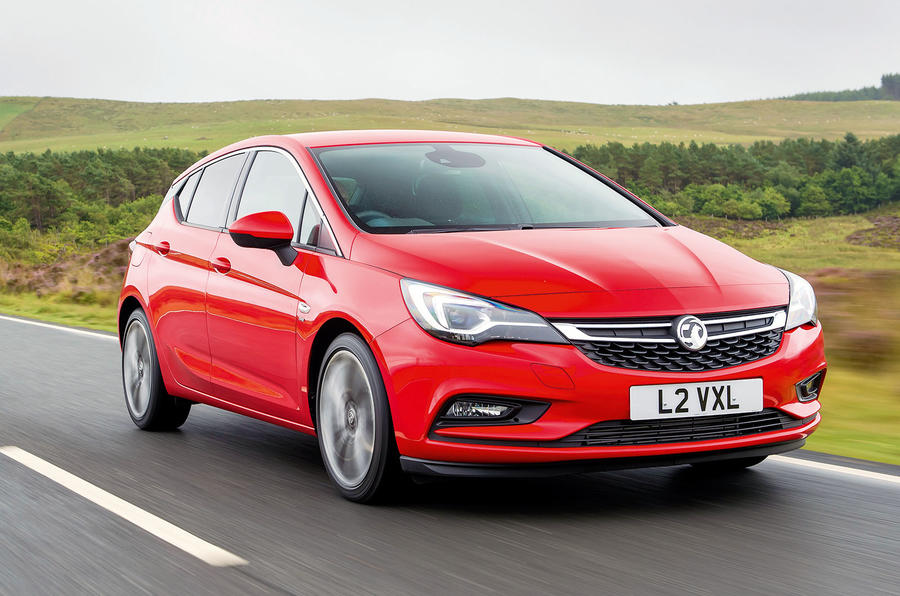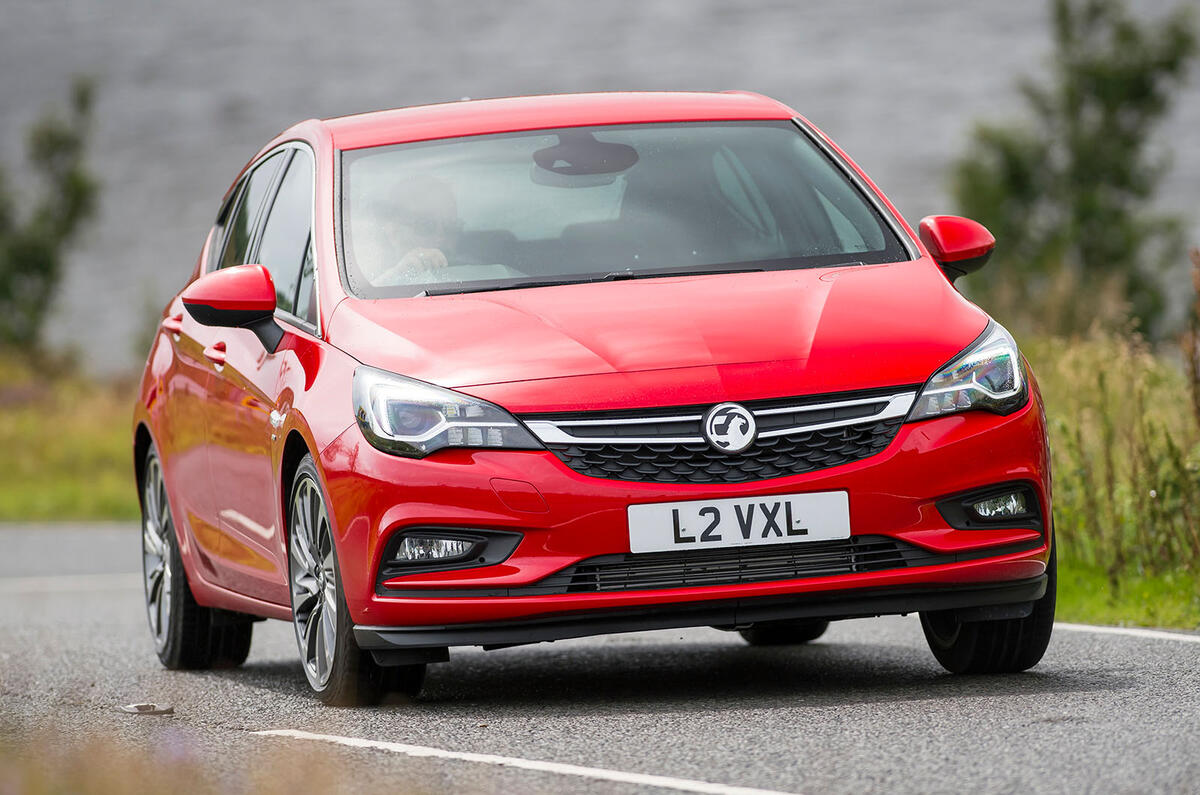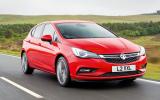What is it?
It’s the new Vauxhall Astra, which means it’s quite important. Small family cars are writ so large into the fortunes of mainstream car companies that none of them dares to be without one.
Even Nissan, which successfully hung its fortunes on crossovers and SUVs, was told by fleets it needed a conventional hatch and therefore ponied up the Pulsar. If you want to sell lots of cars in Europe – as Vauxhall/Opel already does – you have to offer a small family car, which is why now even Mercedes-Benz, Audi and BMW sell them, as if the mid-market wasn’t having a hard enough time already.
There is probably no more important car to be launched this year, then, than the new Astra. And here it is, tested near Vauxhall’s Luton HQ, cars with right-sided steering wheels adorned with Griffin badges, rather than as Opel-badged left-hookers driven in the south of France or Spain.
For why? Because Britons buy Astras in greater numbers than anybody else, because it is ‘Brit-built’, says Vauxhall like a red-top headline, and because we get an Astra whose driving characteristics are tuned specifically for our roads. Vauxhall and Opel have, no question, put the hours in on this one.
First, then, the oily parts. The Astra sits on a new platform that is lighter than the one that preceded it, partly because it’s shorter (by 5cm), but mostly because it is more cleverly designed.
The Astra’s body-in-white now weighs 280kg, down from 357kg. It’s only one part of a weight loss regime that means the Astra – like for like, not some kind of fudge where you swap a 2.0 for a 1.6 and a torque converter for a dual-clutch automatic gearbox – is at least 120kg lighter than it was before. Fudge things through downsizing and so on and you can make a new Astra appear 200kg lighter than the old one.
It’s one of those virtuous circles; a lighter body and suspension means wheel sizes are smaller (18in is now the biggest), as are the brakes that sit within them.
There’s still MacPherson struts at the front and a torsion beam with Watt's linkage at the rear, but the front suspension cannot accept the ‘HiPerStrut’, as used by powerful versions such as the previous VXR, and the platform isn’t being asked to underpin a crossover too. It’s leaner and cheaper - shorn of fripperies. In political speak, Vauxhall would have made ‘efficiencies’. From that point of view, it’s a car of our time.
My hunch is that the Astra is significant not just as a new Vauxhall but as the most notable among a new generation of family cars, which will place weight reduction at the top of the agenda. We’ve had the fat early 2000s - the 2008 Audi RS6 that weighed 2145kg and averaged 16mpg in our hands – until it all got a bit silly and now motoring is as austere as the rest of the world.
The Astra has no flat underfloor tray, because it would be too expensive and too heavy. Instead, the underbody itself is flattened and suspension parts are hidden in the kind of thinking that will let a 1.6 Ecoflex diesel emit just 82g/km of CO2 when it arrives.
It hasn’t arrived yet, though. For the moment, we’ve tried a 1.6-litre diesel (to be road tested soon) and a 1.4-litre turbo petrol, which I’m majoring on here. As with the latest Ford Focus, there’s a 1.0 petrol triple, too.
































Join the debate
Add your comment
Why so much hate?
Well, I've driven a lot of
The paintwork
Winnie answer to GM going bust